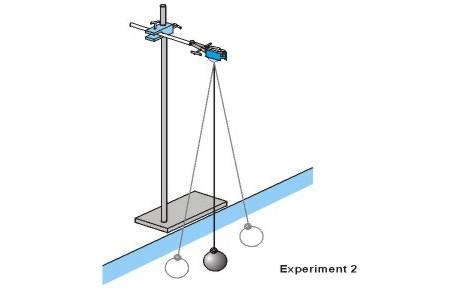

You'll use this software later in the term, so it's worth getting familiar with. Double check that the graphs you see make sense. Try putting your hand in front of the sensor while it is collecting data.For example, you can change how long data is acquired for and how many times per second it acquires the data. These are set in the top menu: Experiment → Data Collection. can verify the acquisition parameters (time steps, etc).Either way, make sure you can do this reliably. Or, you can save your run files as csv, then import them to Excel. This way, you can trim the selections to only include the data you want. The easiest way is to just copy the columns from the table on the right of the screen, then paste them into an Excel file. understand how the different runs are acquired/saved/erased.(**Always a good idea! Chances are good that in your first job or internship, someone will say: "Go figure out some piece of software or equipment and do this and that with it and report back." Sometimes there won't even be a manual!**) It should start by default, but if not, here is a copy of it that you can download. You should use the experiment file called simple-position.cmbl. You'll want to get comfortable with the software before using to do any science. Experiment with acquiring a few data runs before beginning the next section. The software and electronics do all this work for you, giving you a nice table of data showing time and position. Since we know the speed of sound, this can be used to calculate a position for the object. The device works by emitting sound waves, (above your hearing range) and measuring how long it takes for them to bounce off the target and return to the device. It should be on the desktop or the taskbar. Make sure the data acquisition components are set up correctly, as shown in the picture.Before beginning, make sure to level your track again. The general idea will be to measure the position as a function of time for several different set-ups, in order to obtain another measurement of $g$. The position sensor measures the location of the cart at regular time intervals. Now, we will let a cart roll down the ramp and record the position as a function of time using the electronic position sensor. ($a = g \sin \left( \theta \right)= 0$) Verify that you can indeed obtain a $\theta = 0$ track.īased on this angle, estimate the static (or rolling) friction coefficient that is acting on the car when it's on the ramp. $\theta = 0$) A car placed on the track in this condition should not move. Use the thumb-screws on each end to make the track level.


The lengths of our track, $L$, is 122 cm, or 1.22 m.įirst, set up the track so that it is level.

The first step will be to make sure we can accurately know the angle $\theta$ we are dealing with on the ramp.įrom the schematic above, we can see that the angle of $\theta$ should be given by $ \theta = \sin^ \right)$. On the bench is a low-friction track and car. In lecture, it was shown that a frictionless object sliding down an inclined plane will undergo constant acceleration at the rate of $$a = g \sin \theta$$ where $g$ is the standard acceleration due to gravity, 9.8 m/s 2, and $\theta$ is the angle between the ramp's surface and the horizontal plane of the ground. To get anything better than two significant figures, we'll need to improve our experimental approach. Acceleration due to gravity = please log in Experiment: Leveling a ramp.įrom the previous two measurements, you've hopefully noticed that measuring little $g$ is not a trivial measurement.


 0 kommentar(er)
0 kommentar(er)
